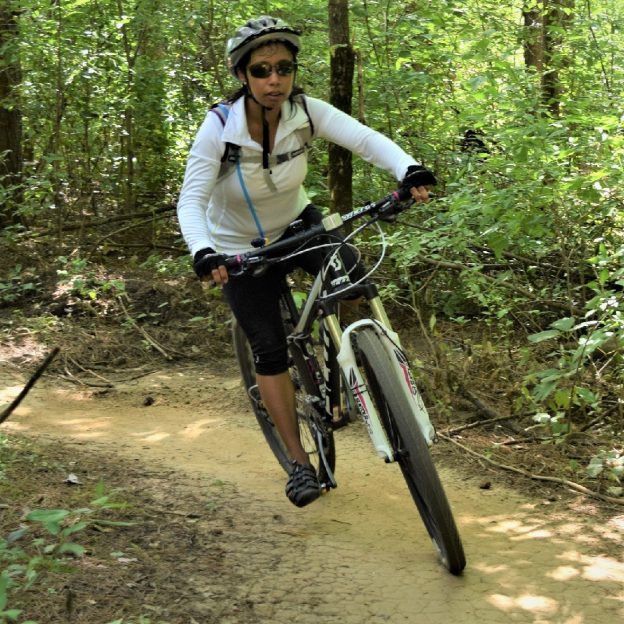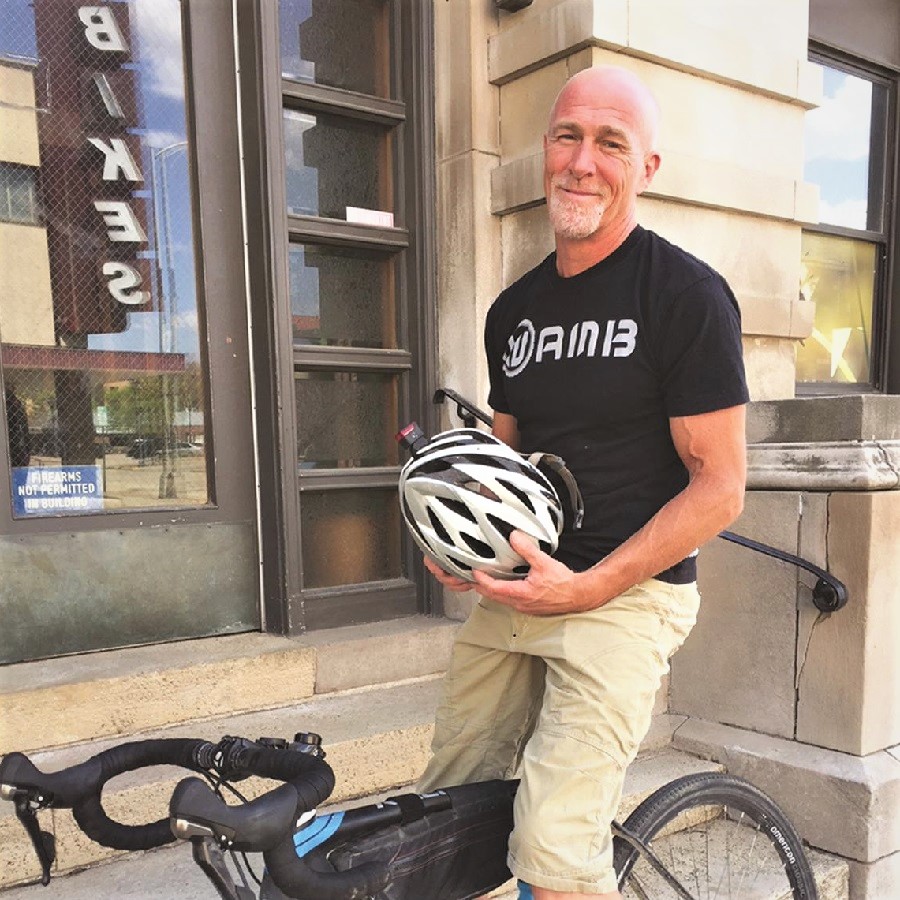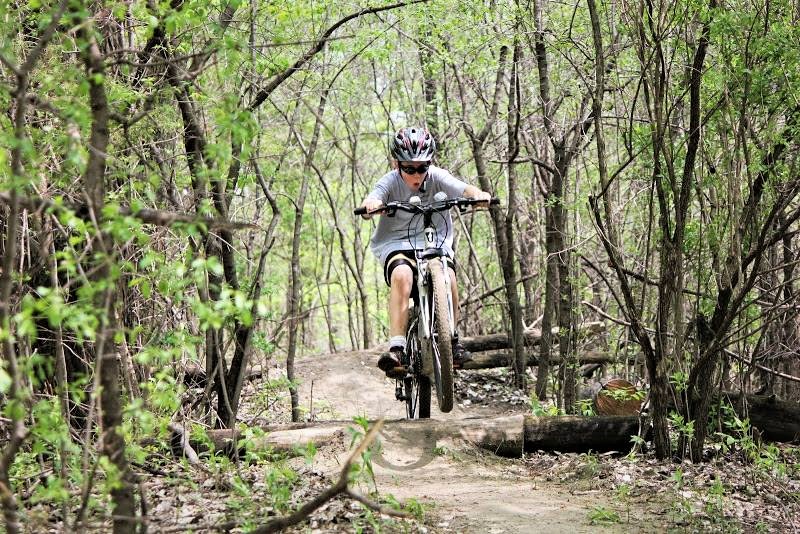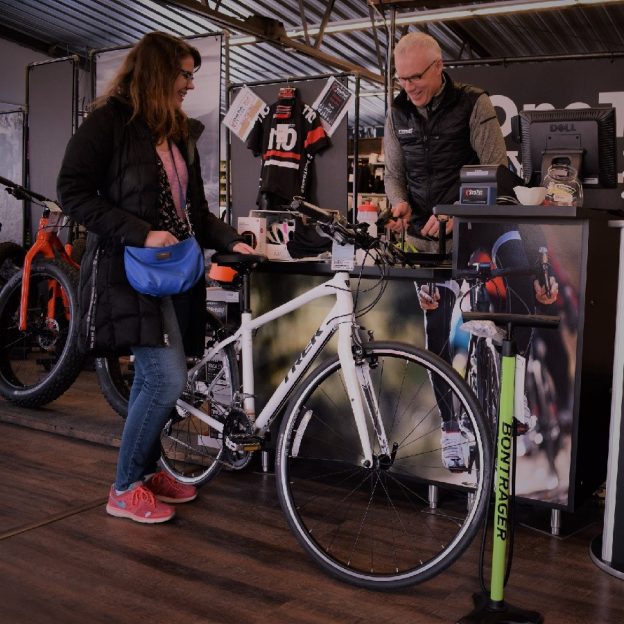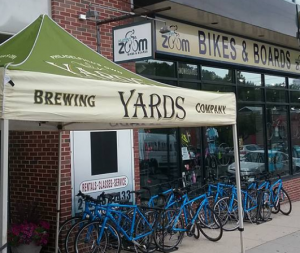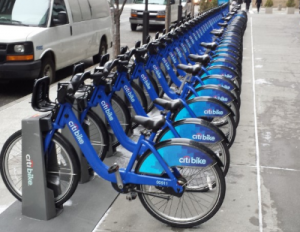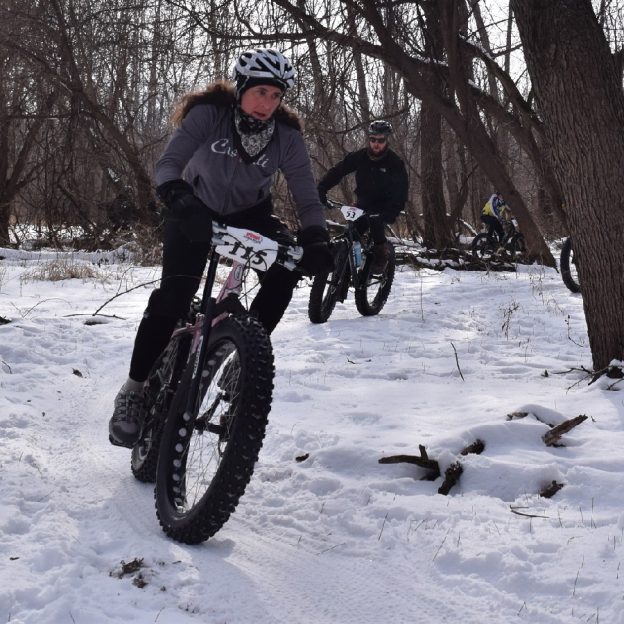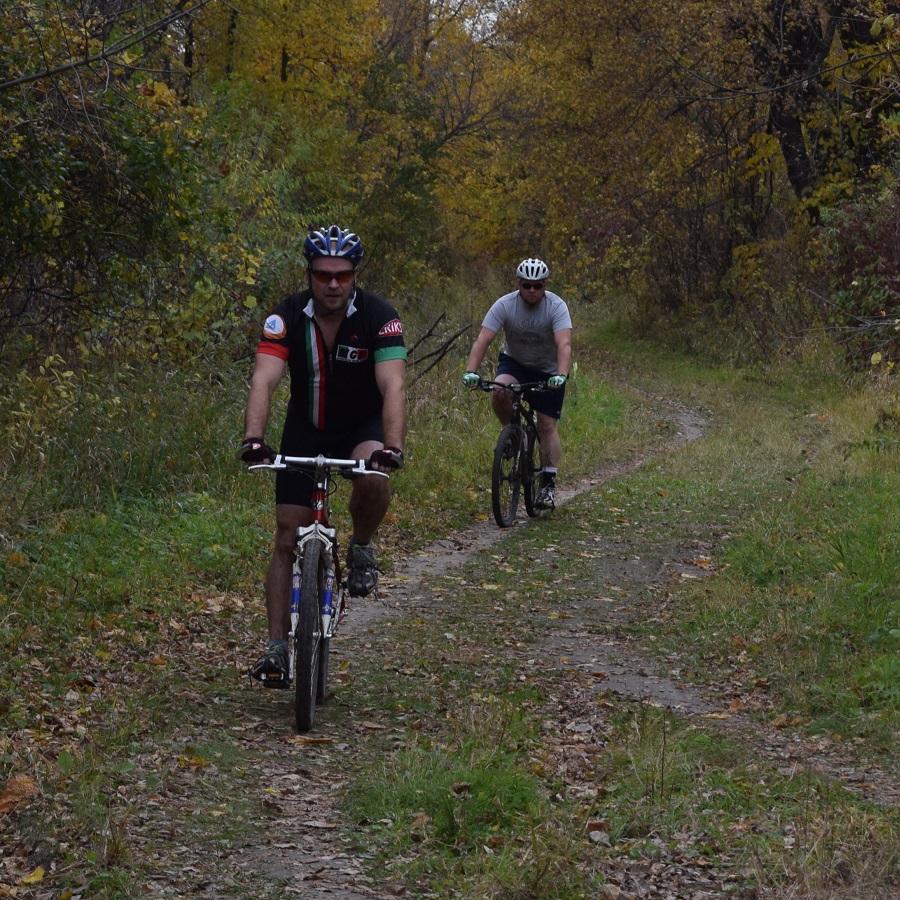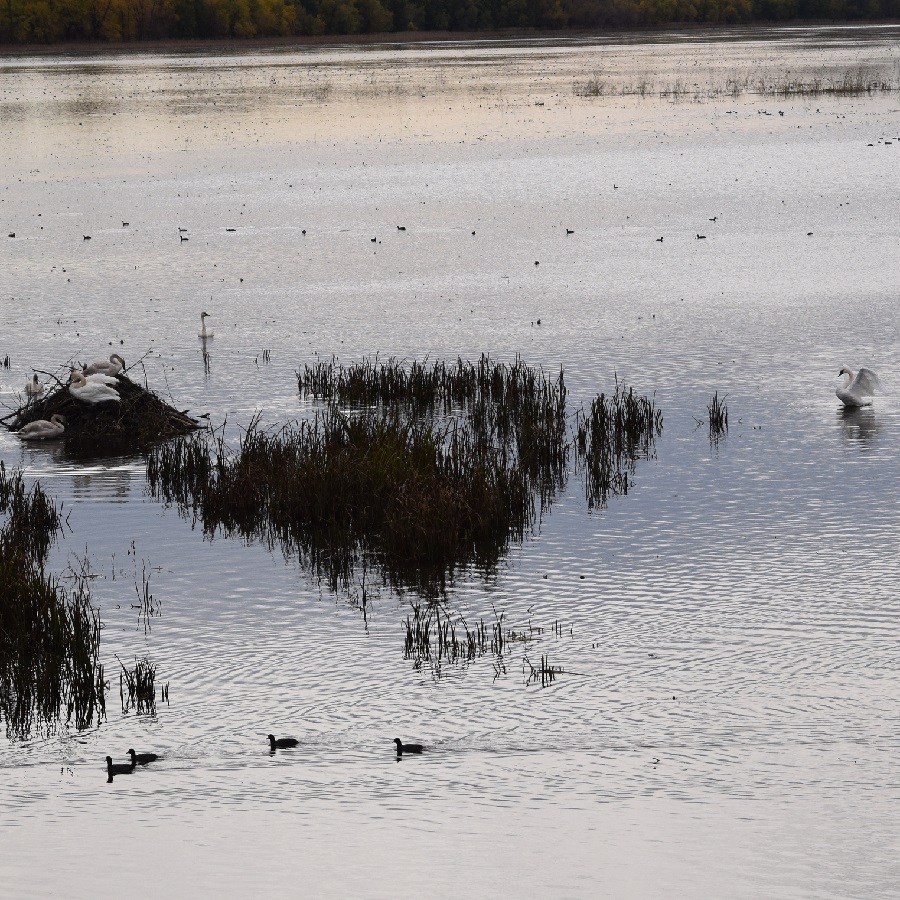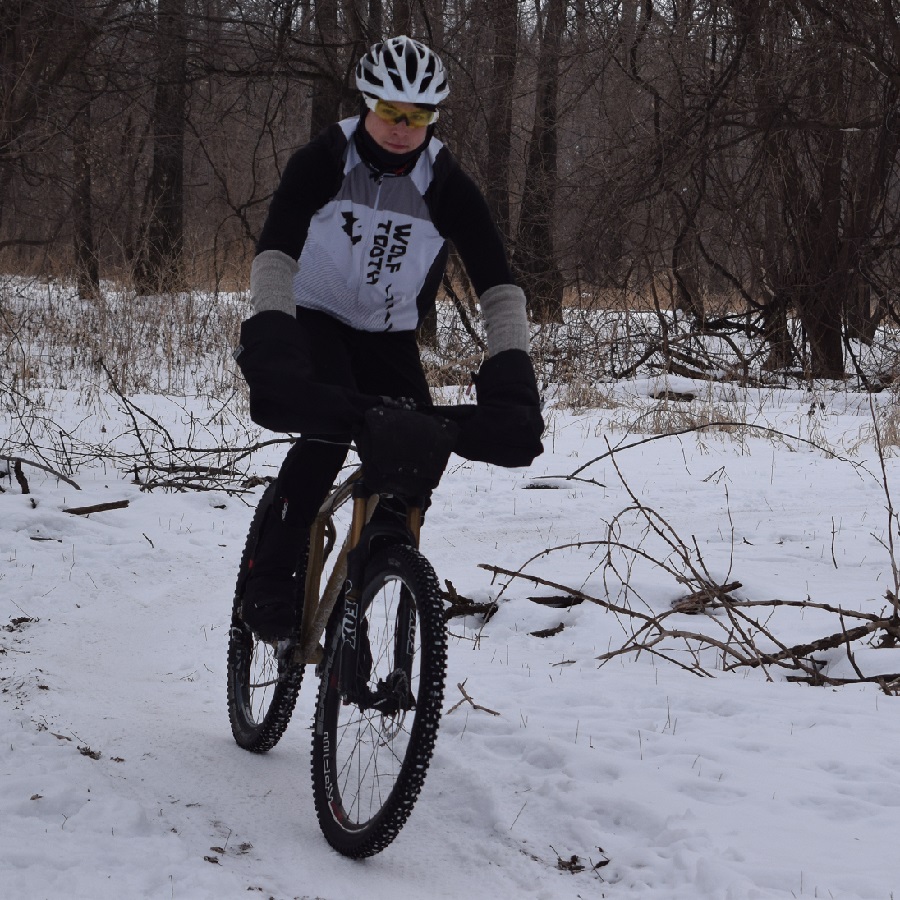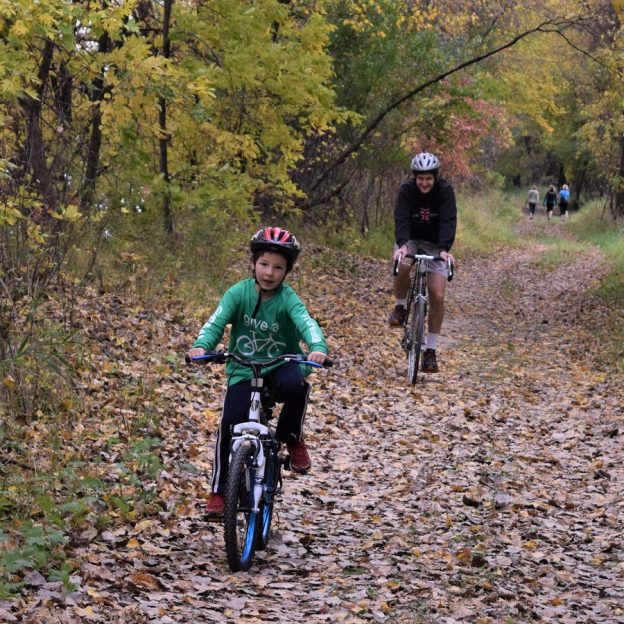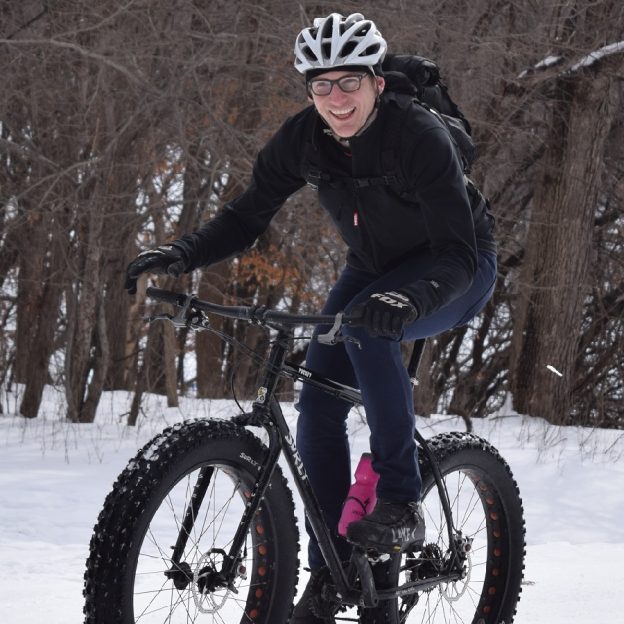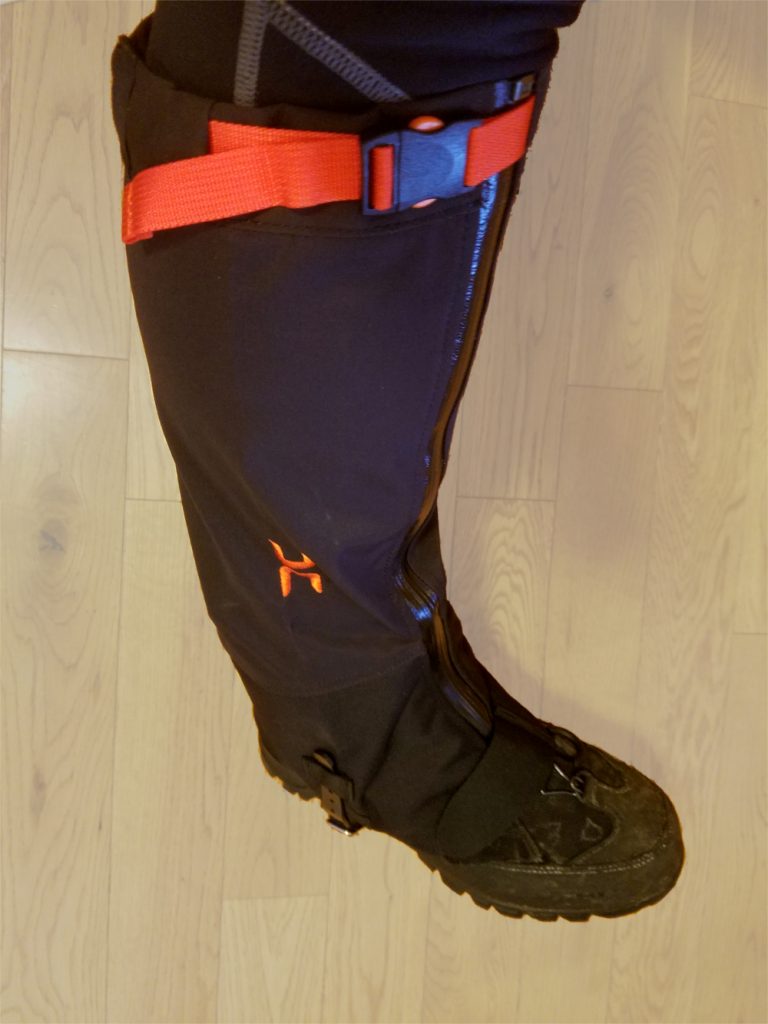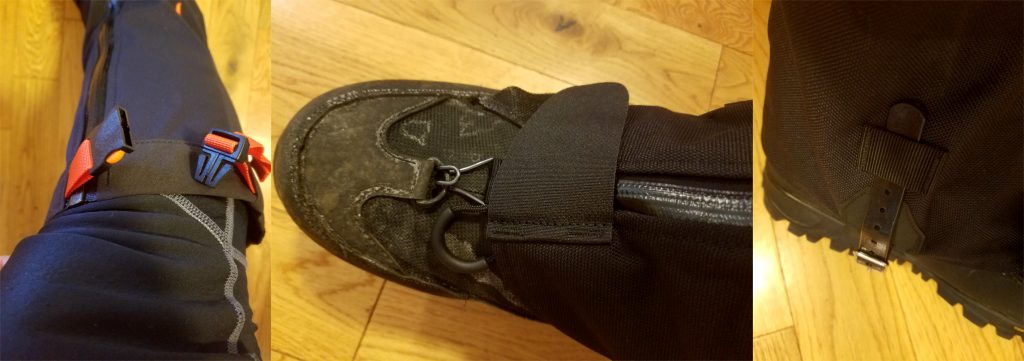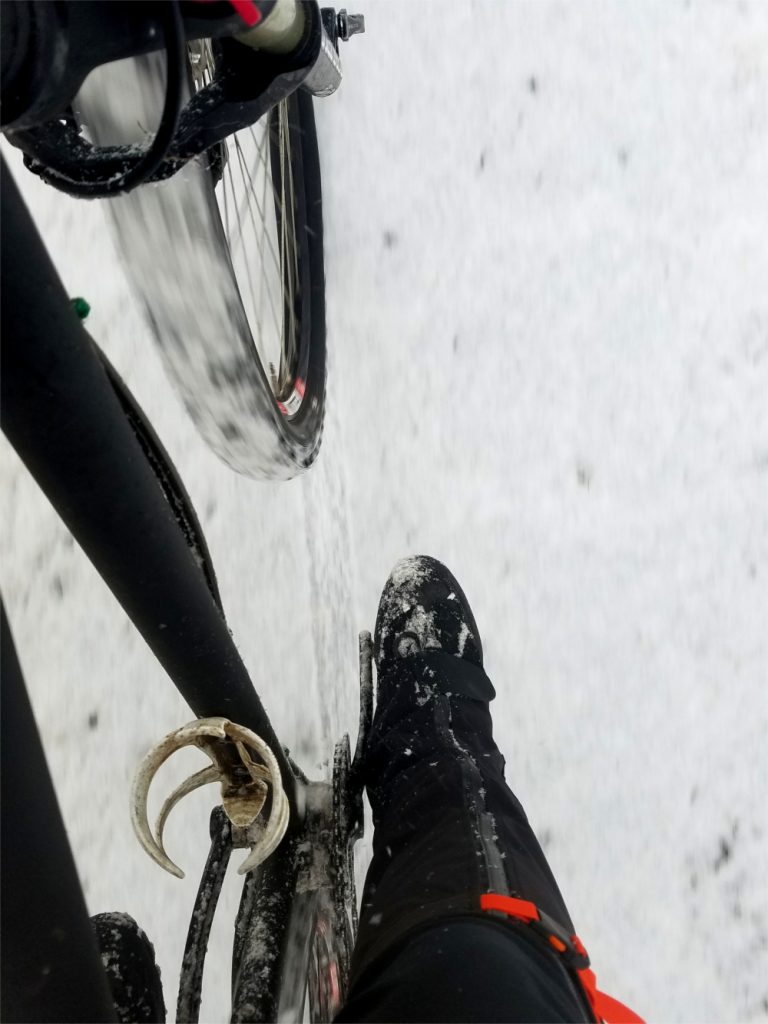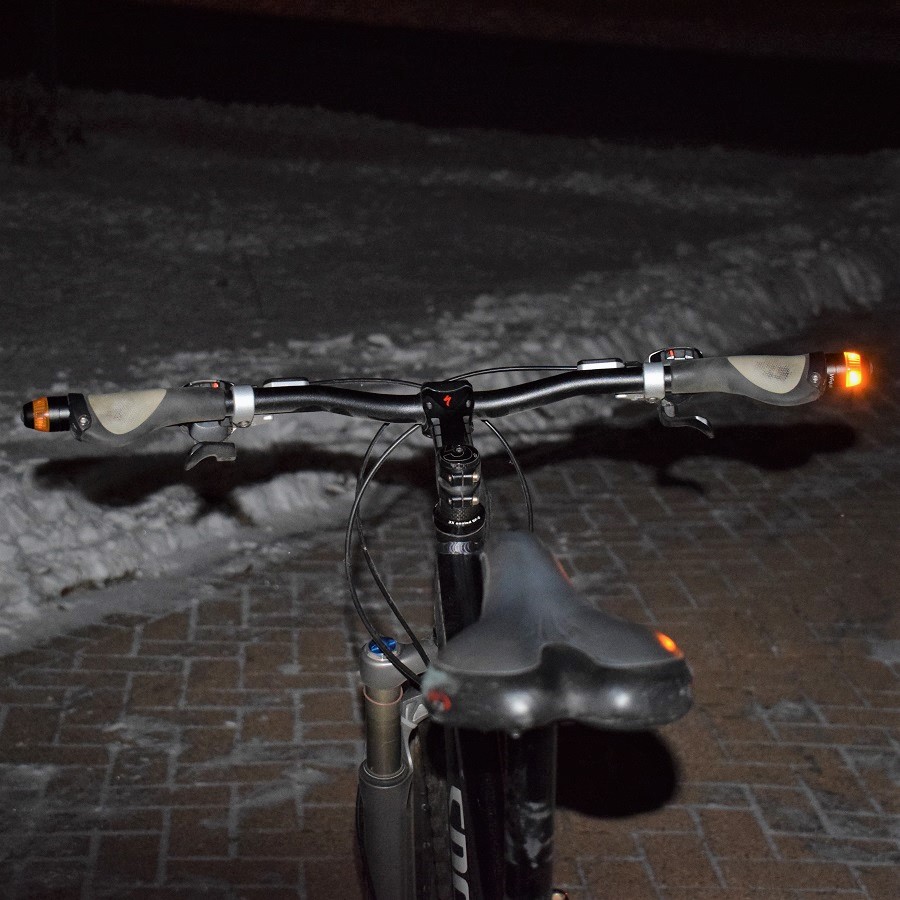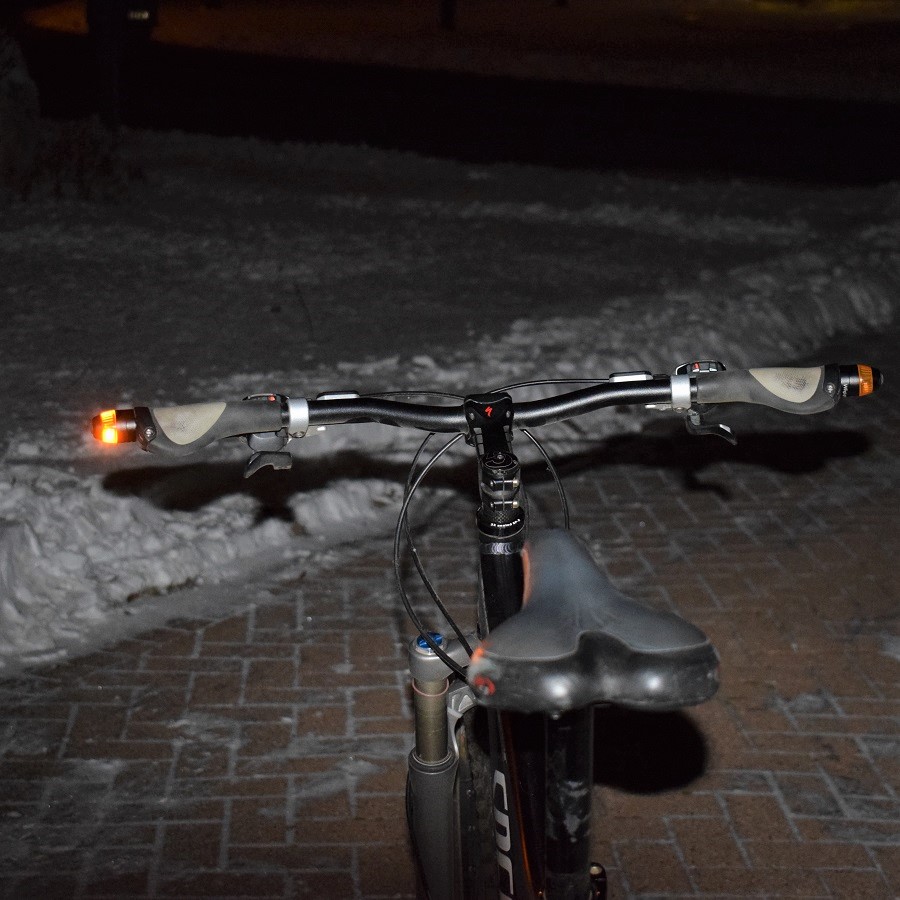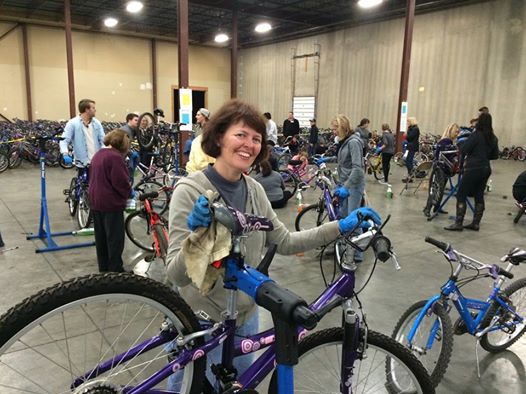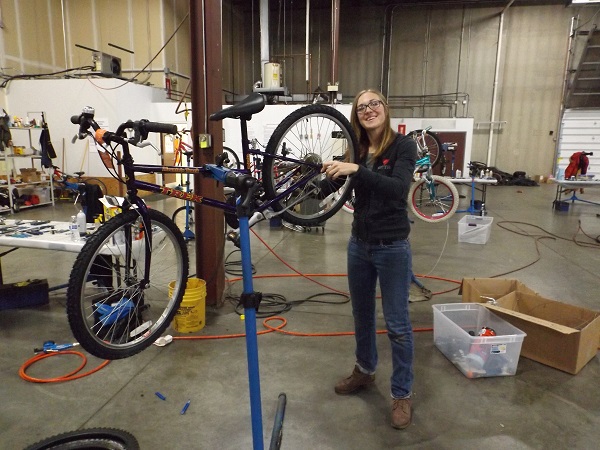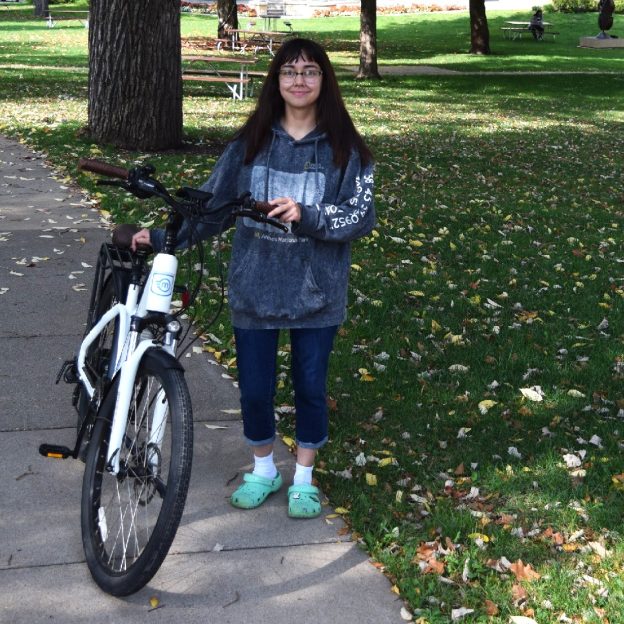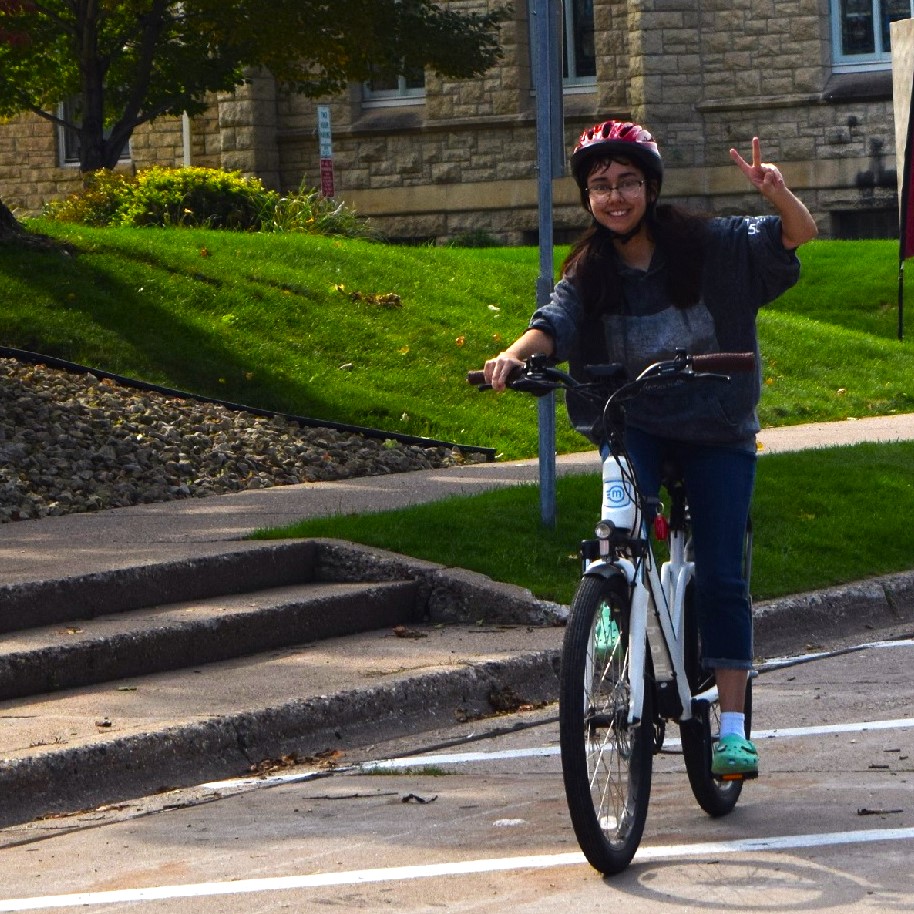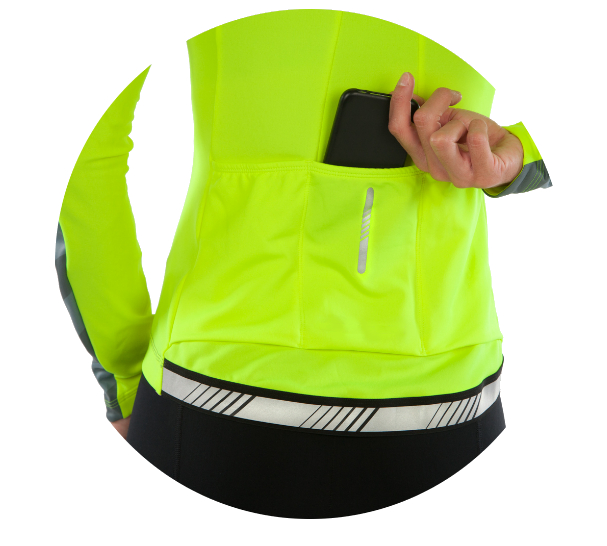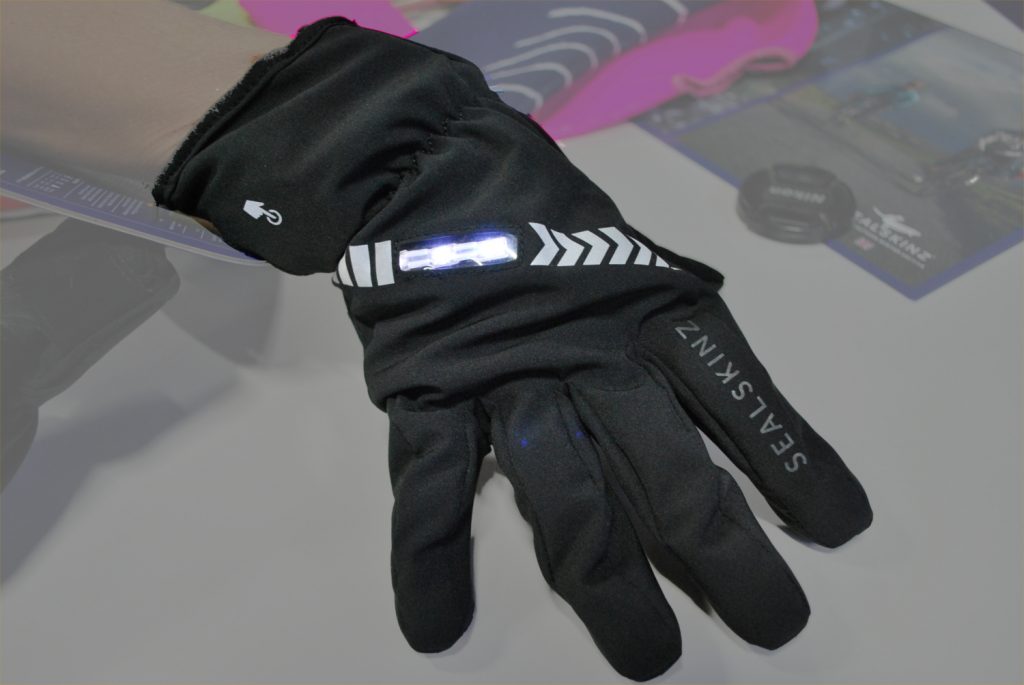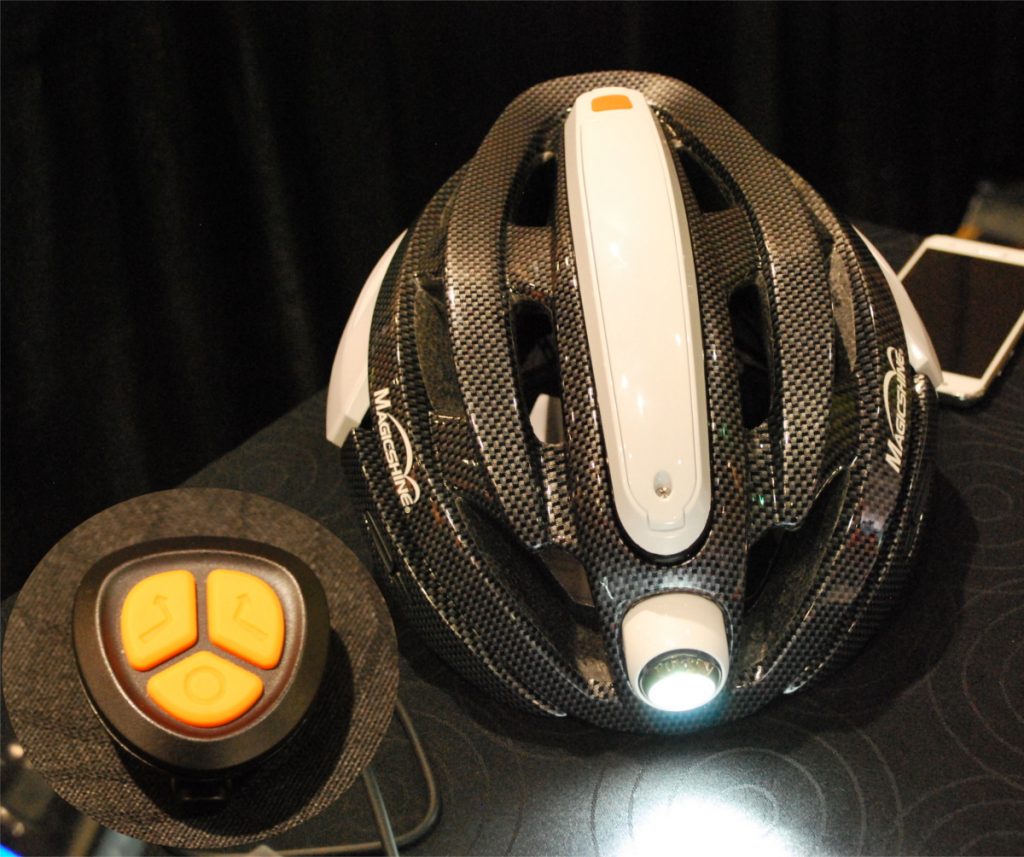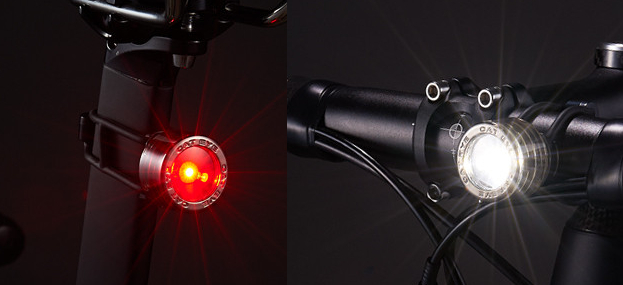It’s a great place to shred some trails. Enjoy the new mountain bike trail system in Bluffside Park, overlooking Winona, MN. The park offers over five miles of switchback trail fun above this historic river town. The mountain bike park opened in November, showing spectacular views of the scenic Mississippi River Trail in Minnesota’s Driftless Area.
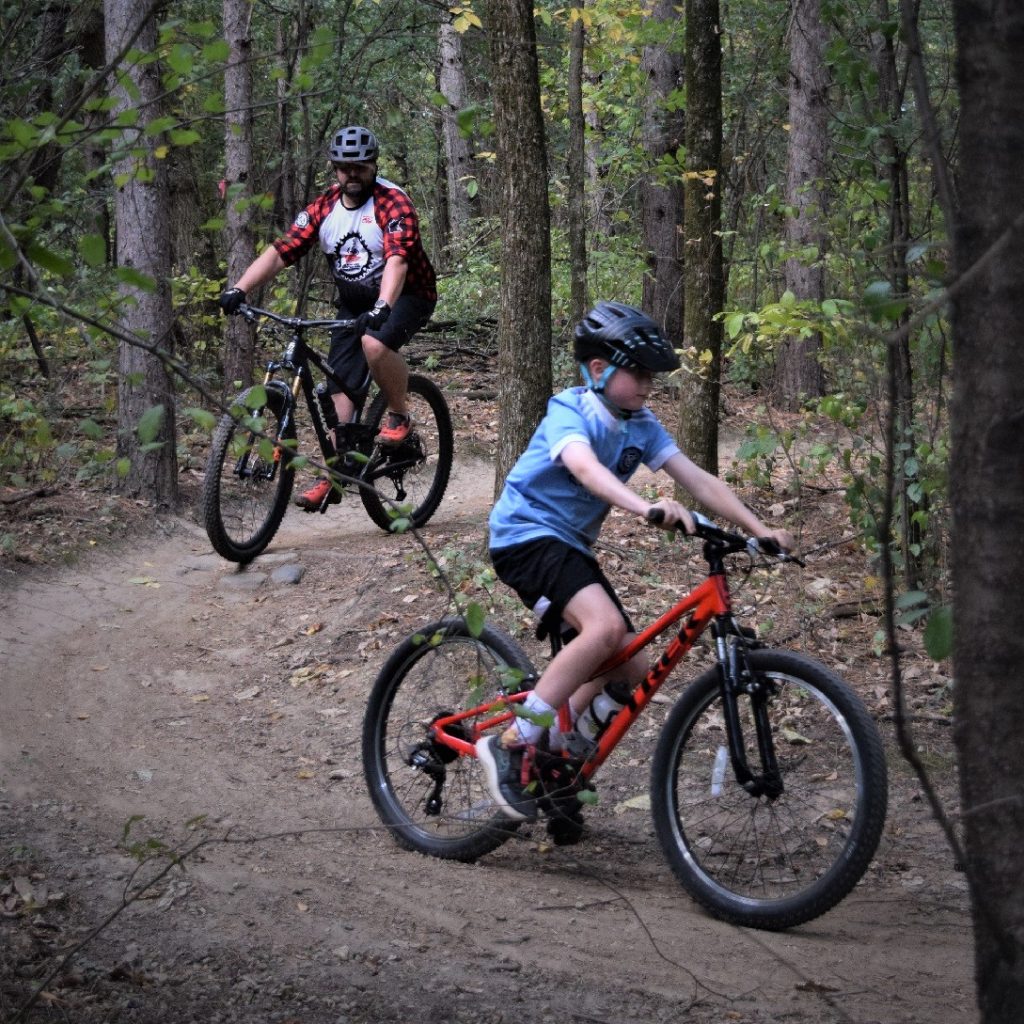
Two of the four new Bluffside Park trails are exclusively for mountain bikers, with two others multipurpose. Winter snow promises to bring out fat bikers and snowshoers alike. And as soon as we have enough snow on the ground, I plan to check out the new trail to share more with you.
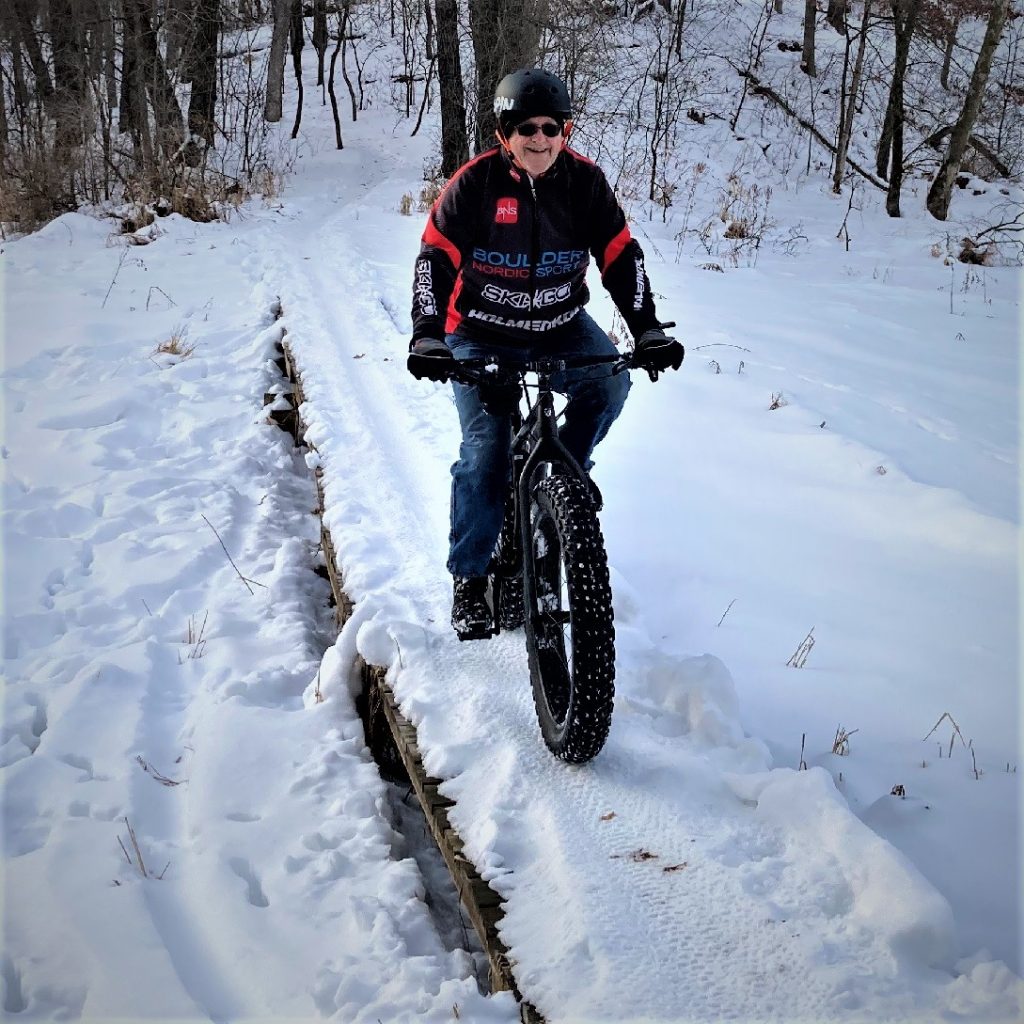
Winona’s scenic bluff trails
This area of Bluffside Park provides ideal terrain for snowboarding, skiing, and snowshoeing, all just a short walk from the Holzinger Lodge parking lot. The switchback paths leading up the bluff side are perfect for winter hiking and snowshoe excursions under wintery conditions. Bluffside Park is Winona’s one-stop winter recreation oasis.
More on the trails of Winona’s scenic bluffs
According to a recent article in the Minneapolis Star & Tribune by Bob Timmons. Winona’s new mountain biking trails bring southern exposure to a cycling scene more apt to produce headlines in central and northern Minnesota parks at systems such as Cuyuna Country, Tioga, and Redhead in northern Minnesota.
Fun anytime, biking around Winona
Sheldon Morgan discovered the sport of mountain biking in the late 1980s and has been doing it ever since. Now, he rides his mountain bike and organizes rides here in Winona.
Trails can be a great therapy for kids when visiting the area. According to Sheldon Morgan, mountain biking could be great therapy for kids who’ve lost touch with their roots and with nature. “There’s a lot of stress on teenagers these days. It’s higher than ever because of social media and access to all kinds of media,” he said. “They need to re-engage with the world.”
Sheldon points out that parents and peers can do a lot to encourage kids, maybe by first getting on a bike. “The city has to provide the infrastructure, but parents and peers bring kids in.” That’s how he learned. “My whole family was very active in outdoor sports. It’s in my DNA, I think?”
He and his 26-year-old ride together, as they have for years. They go on mountain bike journeys together, riding and camping and taking a break occasionally for rock climbing.
Biking, rock climbing, running, and kayaking — he loves it all. “And it’s all right here in Winona!” he exults.
Located in Southeast Minnesota along the Mississippi River, the city is a very comfortable place to explore on two wheels. Don’t miss the fun throughout the year. Check out the www.visitwinona.com web pages to find out what’s happening.
